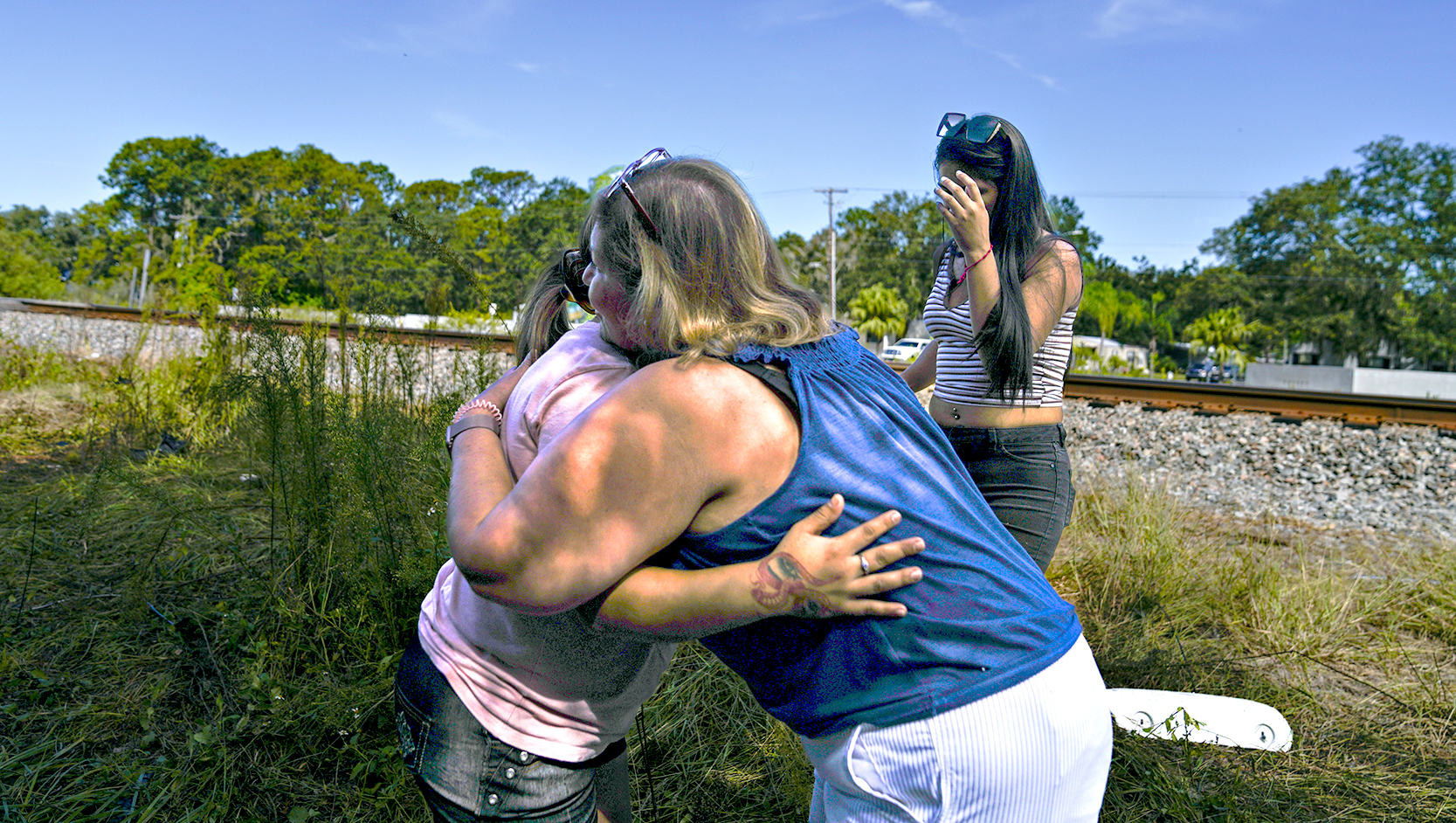VSU seeks to strengthen student performance
Published 10:00 am Saturday, October 28, 2017
VALDOSTA — Valdosta State University is partnering with the John N. Gardner Institute for Excellence in Undergraduate Education to improve student achievement in academic courses with historically high rates of Ds, Fs, withdrawals, and incompletes.
The collaboration, known as Gateways to Completion, is a three-year process created and facilitated by JNGI that helps colleges and universities collect extensive data on specific gateway courses — high-enrollment, foundation level classes that carry a high risk of DFWIs — and then implement strategies and innovations in the classroom that advance student learning, according to a university.
VSU, along with nine other University System of Georgia institutions, began the G2C process in spring 2016. The USG is the only university system in the nation approaching this work from a system perspective, according to the VSU press release.
VSU is focusing on five gateway courses in the subjects of history, English, biology, chemistry and mathematics. Because student performance in gateway courses is a direct predictor of retention, the overarching goal of G2C is to ensure student success from the start of college all the way through to graduation.
“I don’t think the struggle in gateway courses is anything new,” said Dr. Theresa Grove, associate professor of biology and one of the nine VSU faculty members who form the G2C course committees for each of the five courses. “Switching from high school to college is difficult. College is a whole new level of understanding.
“Part of G2C is addressing all the diverse styles of learners that come to VSU — because we have students of all levels of preparedness. By trying out different activities and assessments and styles of learning, we hope that we’ll be able to reach more students and help students learn how to be successful in college.”
Now in the second year of the three-year G2C process, VSU faculty are beginning to initiate course changes based on the data collected and analyzed during the first year.
Many faculty members have introduced exam wrappers, which allow students to review their graded exams, reflect on why they missed certain questions, and identify their areas of strength and weakness to guide further study.
After integrating exam wrappers into his HIST 2112 course this semester, Dr. Barney “Jay” Rickman, professor of history, said that the number of Ds and Fs between the first and second exam decreased and the number of As and Bs increased.
“My hope is that, as I tweak the course further, I’ll see more improvement,” he said.





